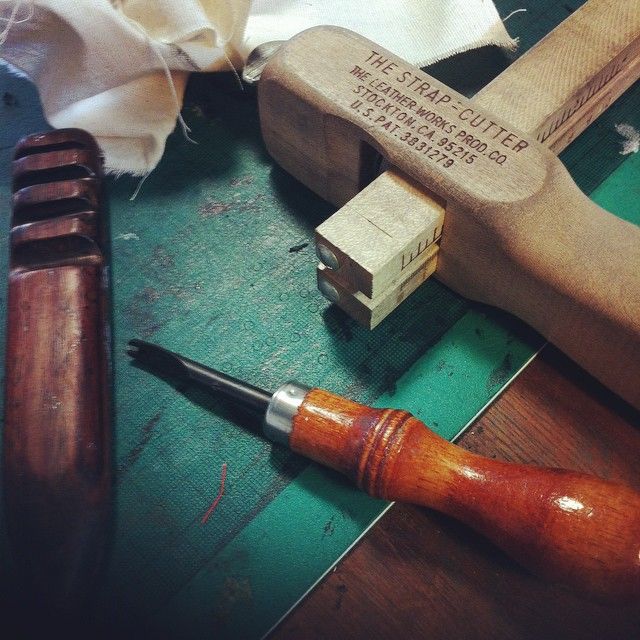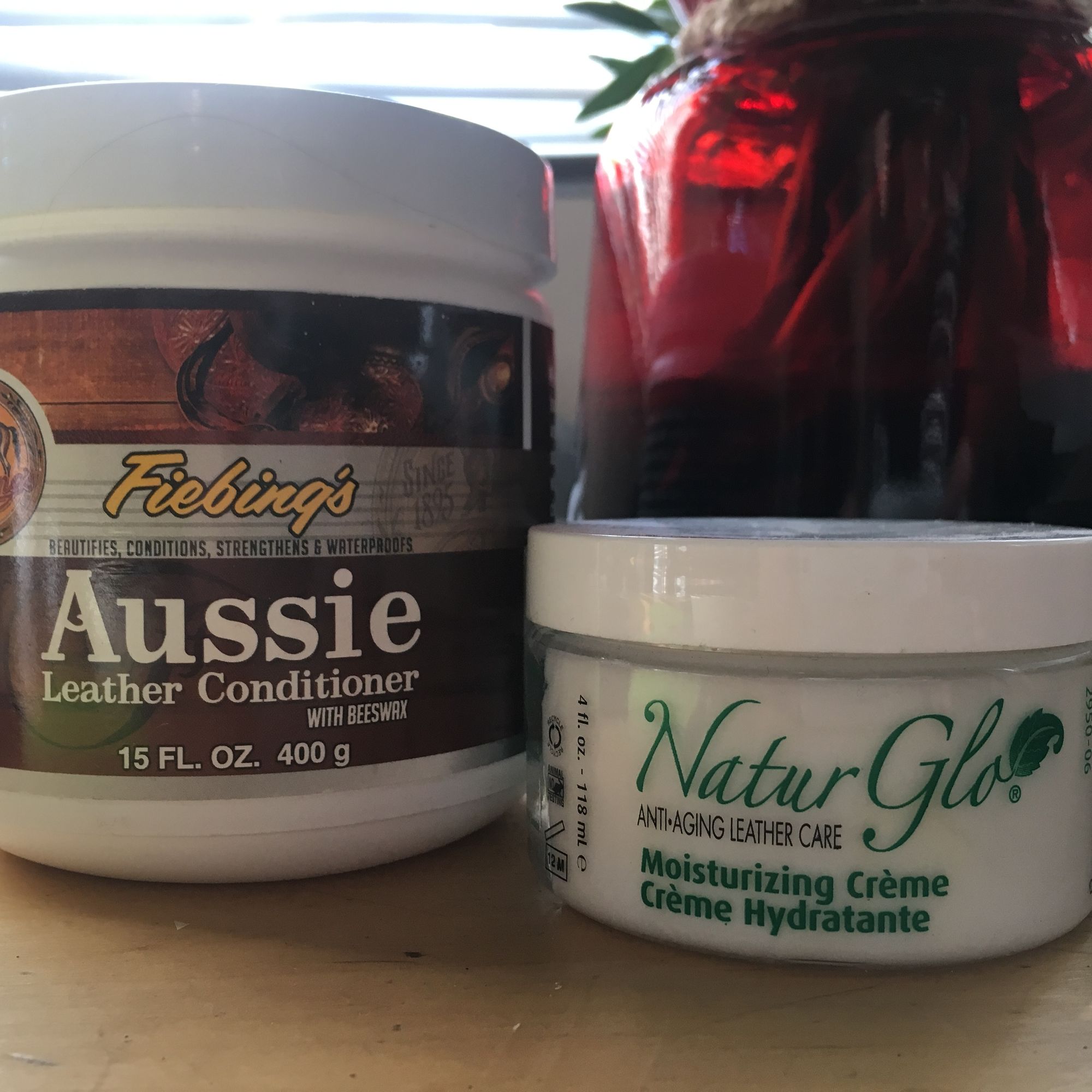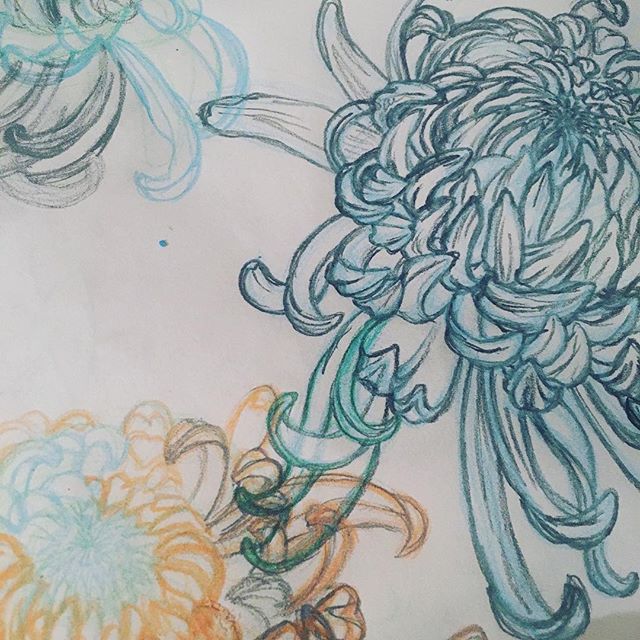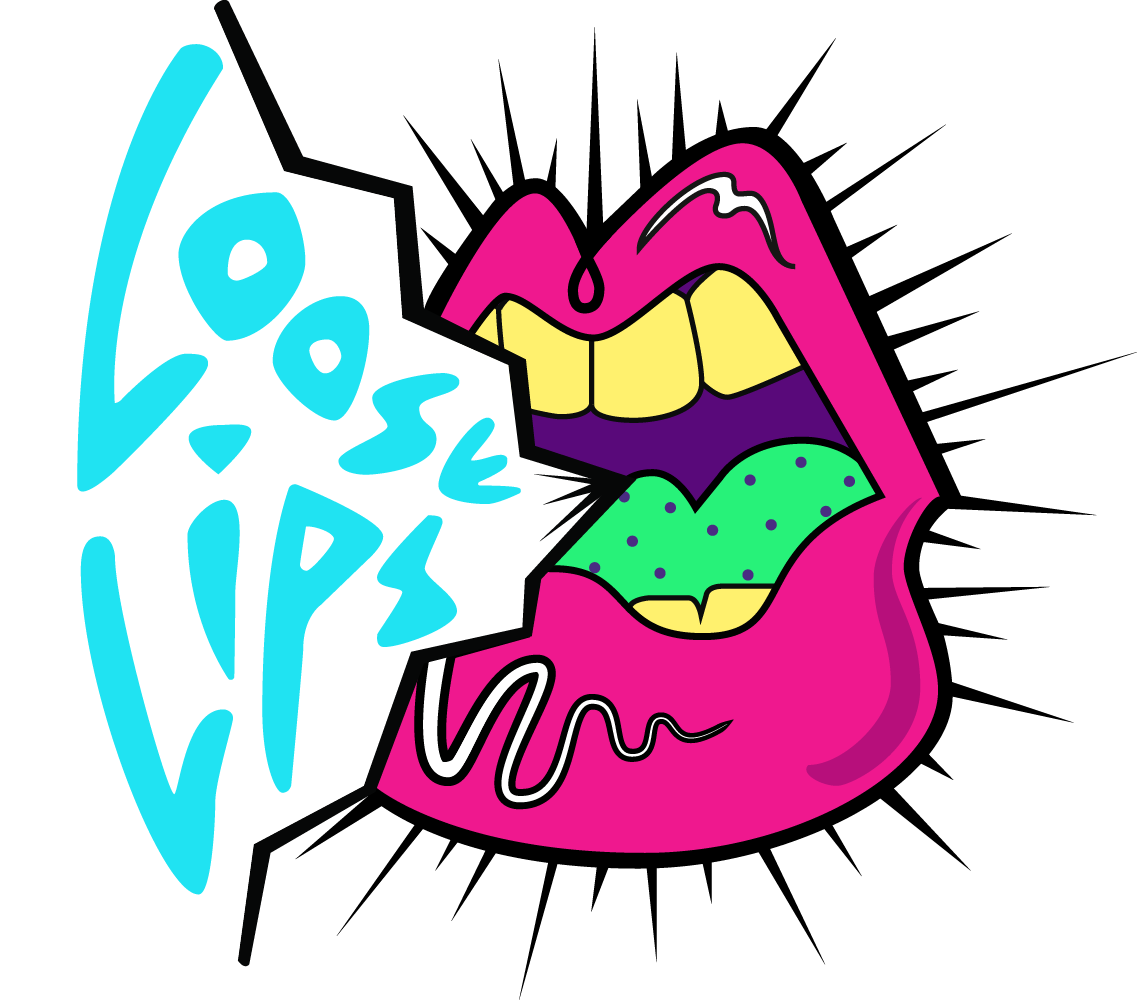Tools of the trade

February is drawing to a close. So far the month of amour has covered people and products, as well as how to keep the love when working for yourself. That's a whole lotta love, but I'm not done yet. Now to introduce the things I love to work with. My tools of the trade, used daily. If I didn't enjoy using them, my life would be miserable.
So here we go, no secrets. All laid out on the table.

Leather
I prefer working with Leather. Whether it's a vintage jacket, scraps I've cobbled into a choker or reclaimed garment leather for patches. I've worked on t-shirts and denim but somehow the results aren't as satisfying. Leather is a wonderful natural material. When looked after, it can last a century. Knowing that it was part of something living determines the respect you treat it with. No two hides are the same, they're a record of the creatures existence and should be revered as such. Plus it's partly due to leather that humans made it far as we did. Clothing, tools and gear for horses or cattle. It changed the world... However, waste from the industry is now changing the world for the worse. In theory leather makes sense - a natural byproduct of meat, part of an economical hunt - using every aspect of the animal as practised by our ancestors. This is no longer the case. As a luxury material, demand is high and speed is of the essence. High volumes of animals are kept in poor conditions. Natural tanning processes are chemical free but take time and expertise. They're largely substituted for chrome based tanning which is fast but has severe environmental consequences. Factor in tonnes of physical waste from off cuts and trimmings that are likely to end up in landfill? It's no longer the sustainable craft it once was. I try to be ethical in my own practices; finding an ethical supplier, buying vegetable tanned leather, limiting the number of new hides I purchase and saving all my scraps for future use. I eventually want to move to using only reclaimed leather; off cuts or unused garments etc that would otherwise end up in landfill. Currently I'm working at about a 60/40 split of reclaimed to new. It'd also be interesting to experiment with non-animal type leathers like those created from kelp or MuSkin in future but I must admit I'm worried about how tooling techniques or paints will translate. It's a specialist product at present with few suppliers and pretty costly compared to how much I usually spend. As such I'm apprehensive despite being interested. Plus, I know MuSkin is not as inherently durable as hide and this is at odds with my aim to provide pieces that will last. We'll see what happens in the future as exploration of these materials and techniques advances.

Leather conditioner
To make sure leather lasts, it's important to look after it. Over time it can become dry and cracked. Once this happens, it can be the end of of a piece for some people. I try to eek out the lifetime of my leather by making sure it's well moisturised. I've got two products but my favourite is the Natur Glo because it smells like marzipan.
Papers
I work on a mix of watercolour, tracing and whatever paper happens to fill the sketchbooks I bought in bulk years ago. I like the weight of watercolour paper but sometimes the texture can derail a design. The sketchbook paper is mostly texture free but it's rather thin, inks can bleed through and painting is generally a no go. Between the two, I can find a balance for figuring out pieces. Tracing paper is a godsend for helping me speedily iterate designs without having to draw everything from scratch. When you're trying to make a living from art, efficiency is key. I also use tracing paper to help transfer designs over to pieces. Once a design has been transferred, it becomes useless. I don't throw anything away though. I keep all my designs for the sake of records at present. One day I hope to be able to recycle the paper and use it again. I know it won't ever be as fine as the original paper but I'm sure I can find a way to make it work for me.

Pencils
I work mainly with soft pencils; 2b and 3b. I like the loose sketchiness I can achieve and the soft shading. When I'm struggling with an image, I'll normally grab a watercolour pencil and draw over any mistakes. Any time I feel I've made an error, I switch to a new watercolour pencil. It might seem confusing, but it helps me figure out what the final line work is meant to be. the results can be quite pretty too. Once I'm happy, I use a fine liner to lock down the details.
Phone
My phone is where I research, where I catalogue inspirations and photograph my own creations. If I use a reference photo, it can be found on my phone. I'll sit with phone in one hand and pencil in the other. Drawing from the screen. I've done this for years and find it weird trying to work from a larger screen. It's a bit cack-handed but that generally suits me.
Brushes
I recently upgraded my brush game and I am so grateful I did. I was using a basic brush set from WHSmiths and they were pretty expensive considering they didn't last long. I finally made a purchase from Rosemary Brushes and it's been life changing. Quality brushes that retain their form! At a sensible price?! YAS! I bought a selection but my favourites so far are the Evergreen pointed round and Sable blend Rigger. They take paint well, distribute it evenly and did I mention THEY HOLD THEIR SHAPE. After years of dealing with brushes that splay or bend after a handful of uses no matter how well cared for, these are incredible. Plus their website is super helpful and you can order a catalogue for free which shows everything at scale. Really useful for making informed decisions. Top marks!

Paints etc
Last but by no means least, paints and preparation products. The questions people always when they see my painted leather: what paints do I use; do they crack; don't they peel off; how do you use them? First of all I give everything a quick clean using Aneglus' foam cleaner and then strip off any protective coating with a deglazing product. I transfer my design and then I set to work. I use only Angelus paints when working on leather. They have a great selection of colours and mix nicely. I've started using them on fabric as well, thanks to them sending me their fabric mix medium. I must admit I'm still kinda partial to Dylon fabric paints but I think this likely down to familiarity. The texture of Aneglus for fabric versus leather takes some getting used to and I've only just started dabbling. I'll have to review again at a later time when I have more experience.
So there we are, all the things I love to work with. Feel free to share any life-changing recommendations with me or if you'd like any advice about working with leather, just drop me a line. I'm more than happy to help!
Much love
Tiffany xo
